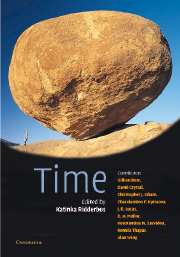7 - Storytime and its futures
Published online by Cambridge University Press: 21 October 2009
Summary
My title calls up childhood: ‘Storytime’ – a time set aside at home or in the school to listen to tales told, tales that are separated off from the busy routine of the day. That nursery setting is no accident. Listening to stories goes very deep down into personal history: it is there at the start of our learning where actuality and fantasy touch each other, and where they separate. It reinforces lines of descent. It tells us about the world before we were, and gives us a foothold in that world. Sylvia Townsend Warner, for example, dedicates her novel The True Heart (1929), with its submerged allusions to the tale of Cupid and Psyche:
To my mother
Who first told me a story
In stories and their telling, time is endlessly renewable. Those early storytimes when tales are told or read aloud give us warnings and promises about the future too, though the figures are at first sight improbable: grandmothers who turn into wolves, wolves who turn into mothers, glass slippers that do not cripple you.
But there is something concessive in the word storytime, something a little condescending, even drab. The time reserved for stories is both privileged and defensive: stories are (it is implied) different in nature from the ordinary and, if they seep into daily life, they do so with a warning. They are fugitives from the reservation: from that encircled place that is also a particular time.
- Type
- Chapter
- Information
- Time , pp. 126 - 142Publisher: Cambridge University PressPrint publication year: 2002
- 2
- Cited by



